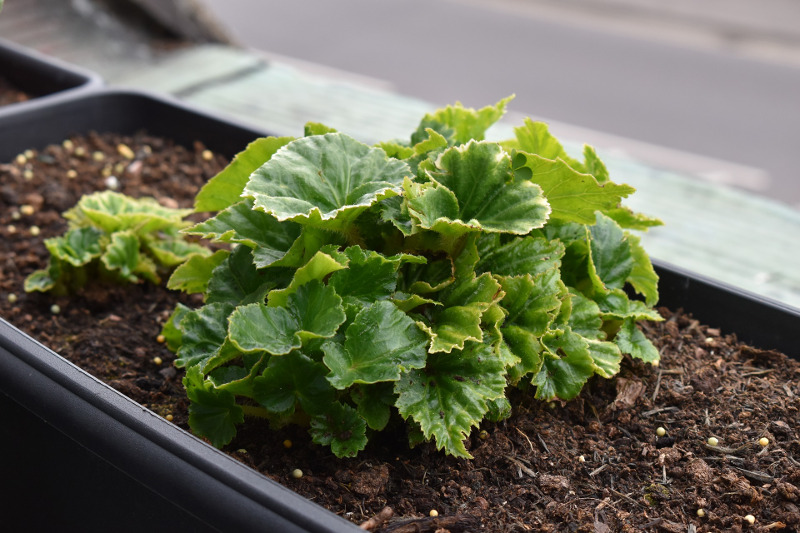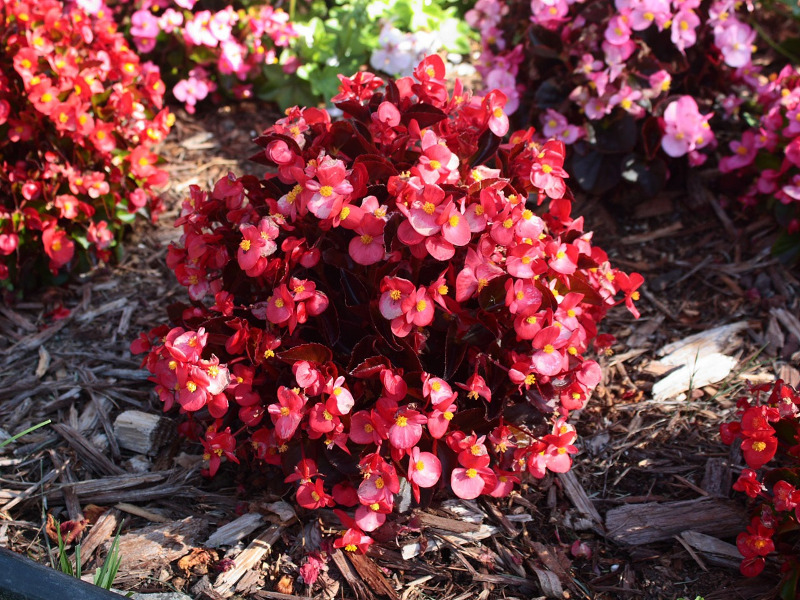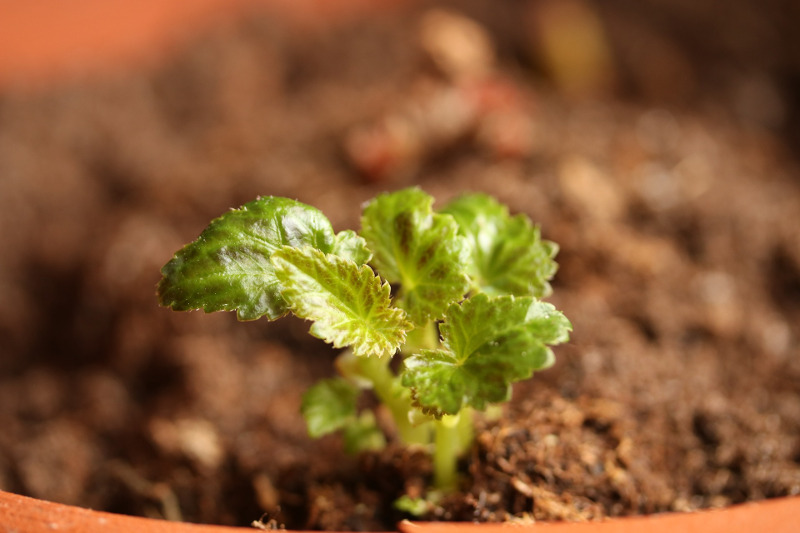Begonias are a fantastic way to add color to the shadier parts of your gardens. Common types used in garden beds include wax (Begonia semperflorens) and tuberous (Begonia x tuberhybrida) begonias. Most begonias are hardy in zones 9 to 11. They can be potted up and brought indoors to overwinter as lovely houseplants.
Some varieties of begonias are grown from tubers. Plant the tubers about an inch below the soil surface. Most begonias prefer shade to partial-sun conditions. There are a few varieties that can handle full sun. Be sure to read the plant tag to determine the best location for that plant to be happy and healthy.

What You Need To Plant Begonias
- Hand trowel
- Gardening gloves
- Garden planter or location in the garden pre-prepped
Where to Plant Begonias
Begonias can be grown in the ground or as a filler plant in container gardens. They prefer light, fertile, well-drained soil. You can add additional perlite into the potting soil mix to provide extra drainage, but this is optional. Depending on the variety, begonias will grow in a range of light conditions between shade and full sun. Most prefer partial sun. In general, the hotter the location, the more shade begonias prefer. Plant the tubers an inch deep.
Begonia Spacing
Tuberous begonias can be planted 3 to 4 inches apart, but wax begonias need more room and should be planted 10 to 12 inches apart. Follow the spacing guideline on the plant tag to prevent crowding.
Most begonias do not require staking. Trailing varieties will cascade over the edge of a container. Some gardeners stake their upright tuberous begonias to make the flowers easier to view.

Steps To Plant Begonias
Begonias are extremely sensitive to cold temperatures. Do not plant or move them outdoors until overnight lows are above 50 degrees F. Select a location in partial shade or filtered sunlight. In warmer climates, sites with morning sun and afternoon shade are best. If you must plant them in a full sun location, be sure to select a variety that is sun and heat tolerant. Make sure they are not crowded and have good air circulation to prevent powdery mildew.
Step 1 - Select an appropriate location.
Step 2 - Dig the hole for the new plants.
If you are planting a begonia that has already started growing, dig a hole as deep as the container it was grown in. If you’re planting a tuber, dig a hole so that the top of the tuber will be an inch below the ground surface.
Step 3 - Add compost to the bottom of the hole and mix some into the backfill material.
If compost is not available, use a balanced granular 20-20-20 fertilizer instead. Add the amount recommended on the package. Liquid fertilizer may be used to amend the soil in container gardens.
Step 4 - Insert the plant or tuber and replace the soil around it.
Be gentle with plants because the stems easily break.
Step 5 - Water the sprouted plant but not the tuber.
Tubers may rot if they get too wet before new growth appears.

When to Plant Begonias
Do not plant begonias until the threat of frost has passed. They are tropical plants and cannot handle cold weather. It’s best to wait until the evening lows are above 50 degrees for best results. Don’t plant during the hottest part of the day, especially in sunny locations.
Transplanting Begonias
Container-grown begonias prefer to be slightly root-bound. Re-pot only when they have become completely root-bound. Re-pot in the spring before they begin vigorous growth and are ready to be moved outside.
All begonias varieties can be propagated by stem and leaf cuttings. Slice off a healthy-looking stem and place it in a container of fresh potting soil. Keep the soil moist but not wet for a few weeks until roots form. Carefully move the new begonia outside into your garden.
Carefully dig up any begonias a few weeks before the threat of frost if you want to overwinter them as houseplants. Transplant them into a container of fresh potting soil. Be sure the container has a drainage hole.
 |
Author Janice Cox - Published 12-09-2021 |
